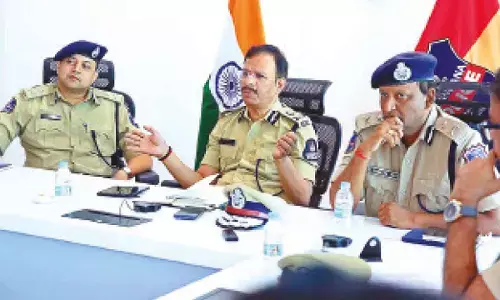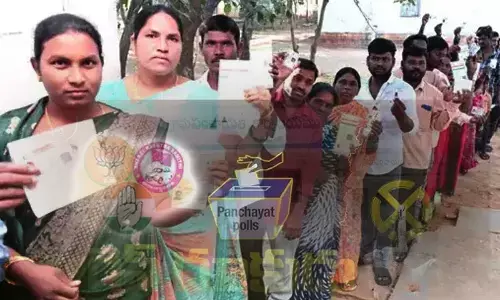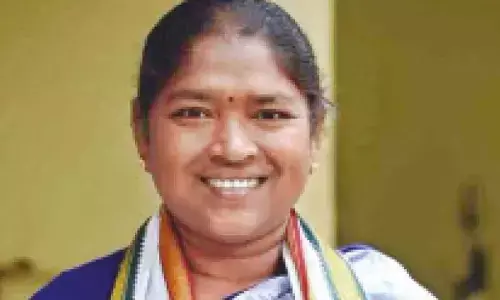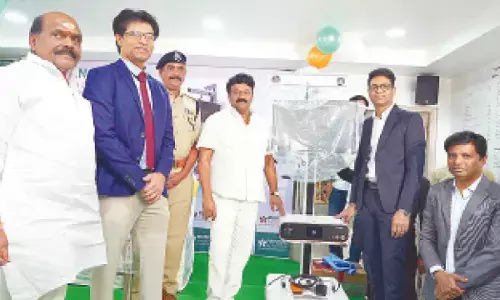All About Kanchi
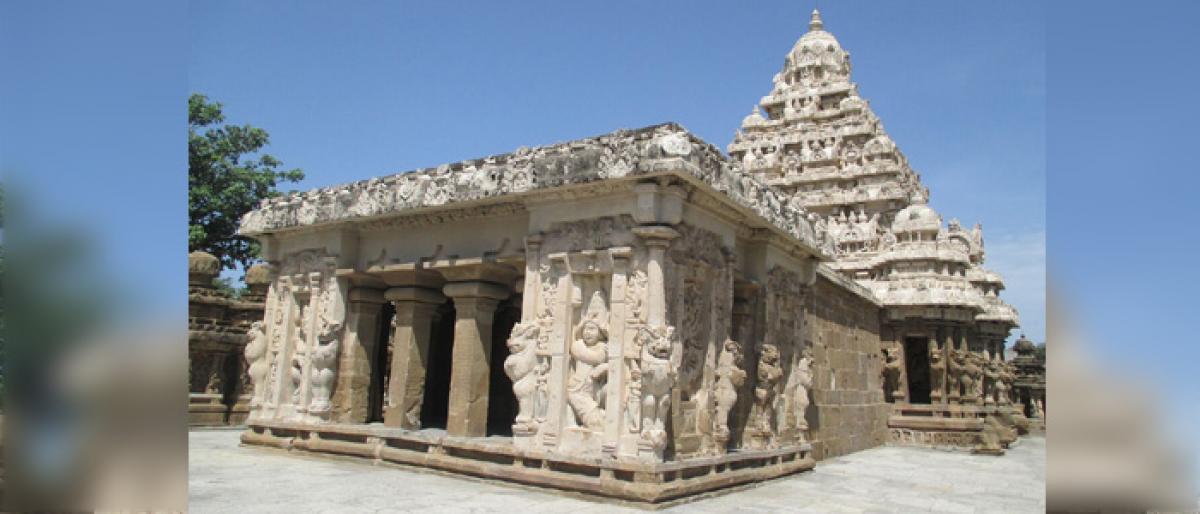
It has been said that the poet Kalidasa spoke of Kanchipuram, thus, ‘As is jasmine amongst flowers, Vishnu amongst men, Rambha amongst women, so is Kanchi amongst cities!’
It has been said that the poet Kalidasa spoke of Kanchipuram, thus, ‘As is jasmine amongst flowers, Vishnu amongst men, Rambha amongst women, so is Kanchi amongst cities!’
Across the border from Andhra Pradesh, on the banks of the river Vegavathi in Tamil Nadu is Kanchi or Kancheepuram. An ancient town steeped in religion and art. Even if one isn’t an ardent follower of Hinduism, the name Kanchipuram still rings a bell. Because it is from this town, southwest of Chennai, that one of the most popular silk sarees of India, the Kanchi Pattu Cheera or Kanjeevaram Silk Saree come from.
The quintessential wedding saree for every South Indian, this is the one artisan town in the country which has no dearth of takers and a majority of the population in town is profitably engaged in the traditional occupation of weaving. This celebrated weave of pure silk and zari is the very saree that the iconic Rekha immortalised on almost every red carpet appearance of hers, proudly showcasing her Tamil heritage.
And it isn’t just a wedding in the house that calls for a trip to this interesting South Indian town. For Kanchi has been the theological command post not just for both the Vaishnavite and Shaivite sects of Hinduism, but for Buddhism and Jainism as well; and all through history at that. So, this quaint little town is known variously as Vishnu Kanchi, Shiva Kanchi, Buddha Kanchi and Jina Kanchi.
This is where Bodhidharma, the father of Zen Buddhism and Shaolin Kung Fu, hailed from. A Pallava prince before he became a Buddhist monk. Though there aren’t Buddhist sites left here today, there are two ninth-century Jain temples and numerous important Hindu Temples.
With one of the largest temple towers in this part of the world, the Ekambareswarar Temple with its towering Gopuram is the first sight that greets you as you wind your way along the dusty lanes of town, in search of the famous temple dedicated to the powerful Kanchi Kamakshi Amman.
While the Ekambareswarar Temple is one of the five Pancha Bhoota Stalams, temples where each of the five elements of nature manifests in each of idols of Lord Shiva in those five different temples. What sets the Kanchi Kamakshi Amman Kovil apart is that the Goddess Parvathi lives in this temple in three forms. Of which the Sri Chakram itself is one.
And the sprawling complex of the Sri Varadaraj Perumal Temple is also important in the fact that it is one of the hundred and eight Divya Desams, temples dedicated to the Lord Vishnu. Also unique to this particular temple are the Golden and Silver lizards carved into the ceiling of the temple, where devotees to this day queue up to climb a ladder and touch the lizards for a fee of two rupees.
For these lizards are believed to clear one of all the negativity that they might have accumulated in this lifetime. While the Kailasanathar Temple of the exquisite sandstone sculptures is believed to be the oldest Hindu Temple in existence.
Not to forget, Kanchi finds mention even in the Garuda Puranam as a Mokshapuri. One of the seven sacred cities with the power to grant Moksha or salvation to anyone.









